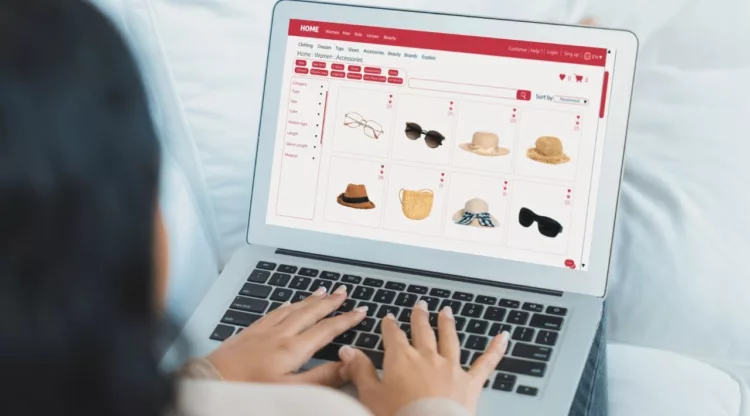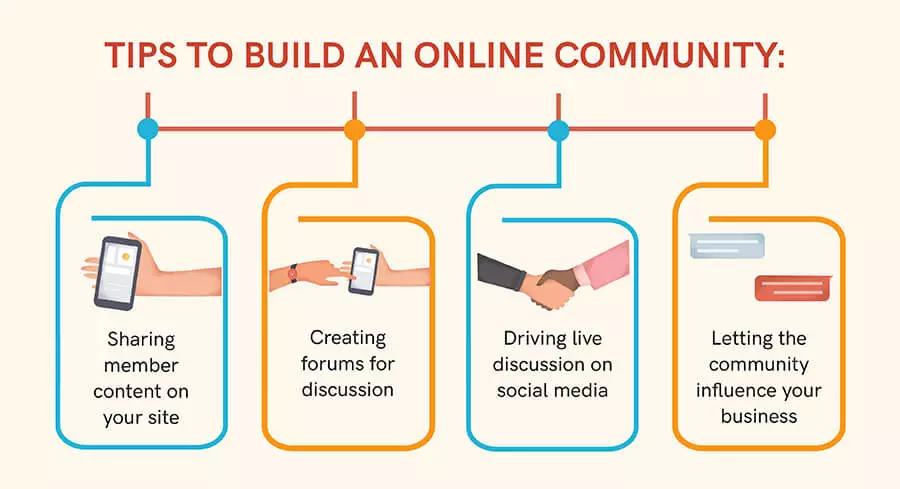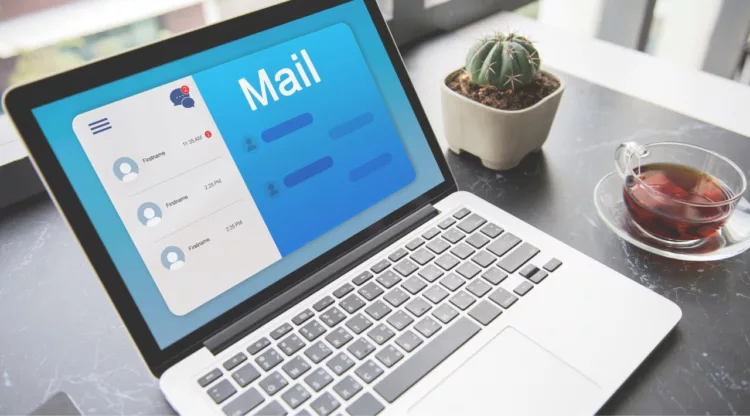How to promote your website? A Practical Guide

Congratulations on launching your website! Now comes the real challenge - making sure people know about it. With millions of websites vying for attention, how can yours stand out?
The good news is you don’t need a massive budget to drive traffic to your site. There are plenty of strategies you can start implementing right now, whether you're just starting out or looking to grow your audience.
The good news is you don’t need a massive budget to drive traffic to your site. There are plenty of strategies you can start implementing right now, whether you're just starting out or looking to grow your audience.
How to promote your website?
Here’s a step-by-step guide to promoting your website effectively, even on a shoestring budget.
1. Leverage online communities
Think of online communities as treasure troves of like-minded people. Whether it's Facebook groups, LinkedIn communities, or niche forums, these platforms allow you to share your expertise and drive traffic back to your website.
Tips to get started:
- Join groups relevant to your niche and actively participate in discussions.
- Share insightful content from your site, like blogs or resources, but ensure it’s helpful and not overly promotional.
- Host or participate in virtual meetups to connect with potential collaborators or customers.

Some online communities may also decide to host a web conference call on occasion to solve problems and connect different people or business entities.
2. Start blogging
A blog is your website’s secret weapon. It lets you target specific keywords, share valuable insights, and keep visitors coming back for more.
Make your blog work harder for you:
- Fresh content: Regularly update your blog with original, relevant posts.
- Repurpose old content: Update outdated posts with new insights to keep them relevant and improve your site’s bounce rate.
- Guest blogging: Reach out to blogs in your niche for guest posts. Include a link back to your website in your author bio to boost traffic and SEO.
Pro Tip: Use engaging visuals like infographics and videos to encourage social sharing.
Using a pitch maker can also help you create interactive digital publications with a clever page turn effect and eye-catching visuals that your clients, partners, and investors will appreciate. Then iIf your pitch is accepted, include a link to your website in your bio to direct traffic to your site.
3. Partner with micro-influencers
Perhaps your company isn't big enough for a celebrity endorsement. But what about becoming a "mini-celebrity" in your field? Micro-influencers, as opposed to celebrities, experts, or public figures, are social media users.
Micro-influencers are social media users with smaller but highly engaged audiences. They’re perfect for promoting your website without breaking the bank.

How to collaborate:
- Find influencers in your niche with authentic content and loyal followers.
- Offer free product samples or a small fee in exchange for a review or shoutout.
- Build long-term relationships to gain continuous exposure.
Use expert sources
Contact and interview experts in your field to give your content an authoritative boost. If your sources include well-known names with large followings, you may attract their fans to your site. When you publish, notify your sources, and you might get a digital shoutout.
4. Boost your SEO game
There are usually two major factors to consider when it comes to your website’s SEO: on-page SEO and off-page SEO.
On-page SEO is, as the name implies, everything visible on your website. This includes your website copy, images, videos, meta descriptions, responsive design, and even the structure of your website.
Off-page SEO is what happens behind the scenes. This section covers aspects of your website such as who is linking to it, how authoritative it is, and how engaged readers are with it.
Although there are many factors that affect the ranking of the website, the most common ones are:
1. Optimising Images
Image optimisation will make your site more appealing to search engines. This can be accomplished by including image alt tags, which are descriptions that clearly tell search engine crawlers what each image on your site depicts. You can also compress your images before uploading them, which reduces file size and allows your pages to load faster.
2. Customising page titles and meta descriptions
The "snippet" you see in Google search results is made up of page titles and meta descriptions:

The purple text link is the title, and the text under is the meta description
Your titles and descriptions should be brief and relevant – they are the first impressions many people will have of your page, and you want them to entice potential visitors! The shorter and more concise your title, the better!
Also aim to include a keyword in your page titles as well. A keyword is a word or phrase that people search for on Google and for which you want your page to rank.
For example, if you want to rank for the keyword “quote systems,” then you’ll need to include that phrase in your page title, e.g. “Affordable Quote Systems for Small Businesses.”
3. Simplifying URLs
Short and sweet URLs are fantastic for SEO. It aids search engines and users in understanding what the page is about. We also recommend using hyphens to separate the words in your URL to make it easier to read.
5. Tap into email marketing
If you want a tried-and-true way to promote directly to your customers, email marketing is an excellent option. Once your website is up and running, it's so simple to launch an email marketing campaign, and the great thing is many email marketing services are available for free or at a low cost.
Users don't even have to visit your website to sign up for your email newsletter, which means you can start promoting your new website before it even launches.

Start building your list:
- Add a sign-up form on your website to collect email addresses.
- Share newsletters, exclusive offers, or updates to keep your subscribers engaged.
- Use free or affordable email tools to automate campaigns and track performance.
All you need to do is compile an email list of all potential customers and start sharing relevant content — newsletters, promotions, discounts, and so on. This can even bring back previous visitors.
6. Promote on social media
Social platforms like Instagram, Twitter, and YouTube can help you reach billions of users.
However, trying to gain visibility on platforms with so many other users doing the same can be overwhelming. Finding and following other pages in your niche is the best way to promote your website on social media.
For example, if you run a website promoting call recording software, follow industry experts you admire or users working on projects similar to yours. Once you've followed these pages, make sure you interact with their posts by leaving a supportive comment, reposting what you like, and asking questions.
This is an excellent way to gain exposure to the fans of other experts, and the chances are that they will be interested in what you have to offer. The same is true for any other type of website!
7. Create a Google my business (GMB) profile
If you have a business website, a Google My Business (GMB) profile is a must.
With a business profile, you can link your new website to other information about your company, such as contact information, opening hours, and location, making it easier for customers to find your company in search engine results.
In addition, Google also provides a variety of free and paid products to help business owners run successful marketing campaigns. They have some useful tools to help you with everything from making your website more usable and tracking site traffic to performing SEO.
Wrapping up your website promotion
Hooray! You now understand how to promote a website. We've shown you eight different strategies for driving clicks, eyes, and customers to your new website.
Even if you’re on a budget, there have never been more ways to promote your website. The barrier to increasing website traffic has never been lower, thanks to a plethora of other digital marketing courses and free channels like social media and SEO.
Although some of these suggestions will be more appropriate for some websites than others, make sure you're exploring multiple promotional avenues to get the most out of each method of promotion.
Author bio:
Tanhaz Kamaly - Partnership Executive, UK, Dialpad UK
Tanhaz Kamaly is a Partnership Executive at Dialpad, a modern cloud-hosted business communications platform that turns conversations into the best opportunities, both for businesses and clients. Check out his LinkedIn profile.
How to take your small business global?
How To Buy A Domain: 2025 Ultimate Guide
Related articles:
